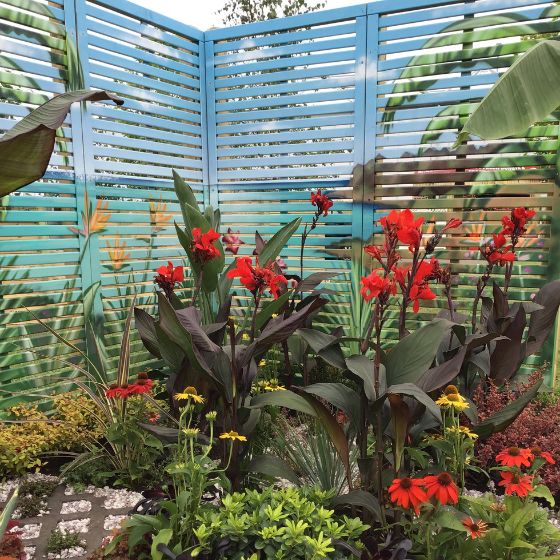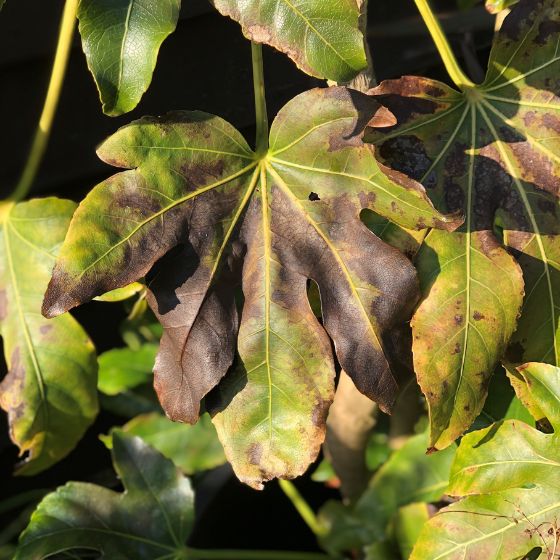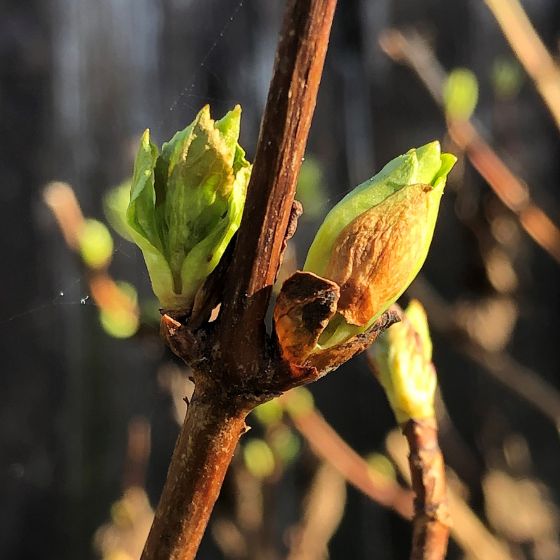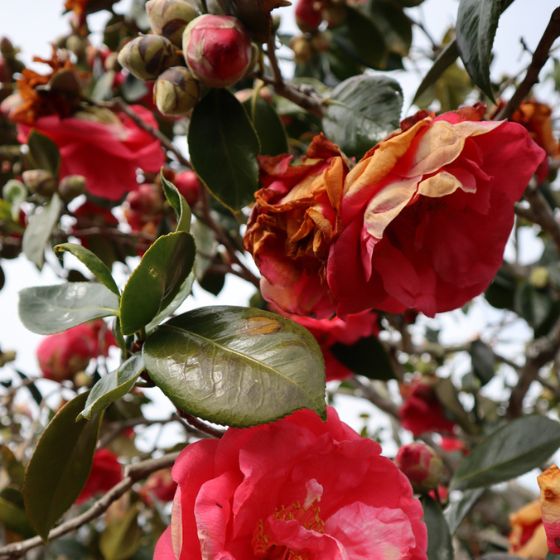Top tips for Protecting plants from frost

When the garden is covered in frost, it can look very pretty in the sunshine. However, it can lead to the untimely death of your favourite plants, and It’s not just frost that can damage your garden, but also cold and wet weather especially for prolonged periods of time.
So, here’s a few tips to help you protect your garden during the winter months.
Cover plants for protection
for many years horticultural fleece has been recommended, however, this is a single use plastic, so new variations have been created using eco materials such as wool, which will naturally degrade over time. Alternatives such as a bed sheet, or newspaper can also be used for a quick overnight solution. Please remember to secure it with rocks or pegs so it doesn’t blow away!
Stand pot plants on feet
Make sure any containers or pot plants aren’t sat in a saucer of water. The water can freeze and damage the roots of any plants which can lead to the plant’s death. There are plenty of decorative pot feet available or keep it simple with matching terracotta types. By keeping the pot out of a saucer, it allows any excess water to drain away too.

Move any pots or containers to a protected area.
This could be an unheated greenhouse, porch or even just next to the wall of a house as it will be warmer next to the wall. Also group pots together for additional protection. It’s better to do this in late autumn before the frosts start.
Plants in borders
In the autumn, cover perennials that have died down with an organic mulch to protect the plants from frost and winter weather. You can use bark chippings, compost or leaf mould. This will help protect plants from heavy rain too which can also lead to soil erosion.
Plant windbreaks
These can be useful all year round. However, if you only need a temporary fix, you can use a natural woven willow hurdle for a rustic cottagey vibe, or if you want something more contemporary, try a slatted fence. Hedges can be useful for a long term fix, but bear in mind if you create a solid structure such as a brick wall, the wind will blow over the top and can create an even windier spot on the other side. So it may be better to include holes in the structure which will slow the wind down.
A strong wind can make a frost more damaging. Cold winds remove moisture from evergreen foliage more quickly than it can be replenished by the roots; this can cause leaf browning particularly at the tips and margins.

Photo of slatted fence surrounding flowering Canna’s – BBC Gardeners’ World Live show garden
Snow
Avoid damage to tree crowns or hedges during snowy weather and gently shake the tree or hedge to prevent snow from settling.
The winter weather can also create other challenges too such as warm sunshine after a frost. Although this can be useful to melt the ice on the roads, if it warms up too quickly, this can also damage the leaves and new shoots by scorching them which will turn them brown.
What does frost damage look like?
Here’s a few examples – the first photo is of a mature Fatsia and as you can see the leaves have gone brown. The second photo is of a Hydrangea that is just coming into bud and the leaves are very tender, and will also turn the tips brown. If there is frost late in the season, it can also affect the blossom and fruits on trees, which leads to a reduced crop.


This is a Camelia in flower which has been affected by frost and turned the beautiful red flowers brown. This can look really unsightly on a white flowering version.

Sometimes frost damage is unavoidable and you may not know until the spring or summer if the plant has suffered. However, all may not be lost and you may be able to support the plant back to good health.
- Remove any damaged or decaying leaves or branches.
- Add a top dressing of a general fertiliser (use a natural variety) around the base of the plant/tree/hedge.
Then just wait to see if the plant comes back to life as it may be dormant/dead on the surface but is busy re-establishing itself in the soil below.
Join the Garden Lovers Club for weekly updates and top-tips for your garden – click the button below and add your email address.
 Free Delivery
Free Delivery Upgrade to 24 Hour Tracked Delivery
Upgrade to 24 Hour Tracked Delivery

